Understanding 1 HP Air Conditioners
The 1 hp air conditioner category encompasses a variety of cooling solutions designed to cater to different environmental needs and space sizes. This type of air conditioner, typically suitable for small rooms or specific areas within larger spaces, operates with a horsepower (HP) capacity of one, balancing efficiency and cooling performance.
Types and Varieties
Within the 1 hp air conditioner spectrum, consumers can explore multiple types, including window, split, and smart air conditioners. Each type offers distinct installation methods and features, with window units being compact and split systems providing a quieter operation. Smart air conditioners integrate with home automation systems, offering convenience and advanced control.
Applications and Settings
The application of 1 hp air conditioners is versatile, ranging from residential to commercial settings. They are commonly found in small-sized rooms, machinery repair shops, and building material shops, where maintaining a controlled temperature is essential for comfort or material integrity.
Features and Functionality
1 hp air conditioners come with various features such as adjustable thermostats, remote controls, and energy-saving modes. These features enhance user convenience and contribute to energy efficiency, making them a practical choice for targeted cooling.
Materials and Construction
The construction of 1 hp air conditioners involves durable materials that ensure longevity and consistent performance. Manufacturers prioritize materials that can withstand the rigors of continuous operation while ensuring the units remain as lightweight and compact as possible.
Advantages of 1 HP Units
Opting for a 1 hp air conditioner comes with several advantages, including lower energy consumption compared to higher HP units and the ability to cool small spaces effectively without the need for larger, more expensive systems. Their compact size also allows for easier installation and flexibility in placement.




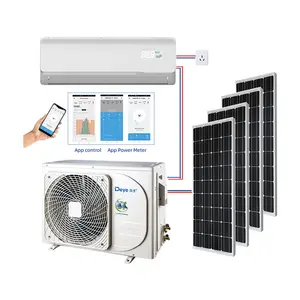








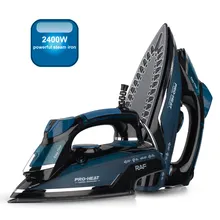

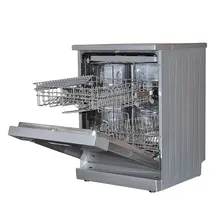
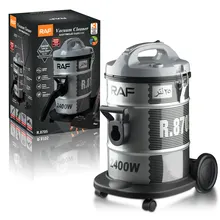



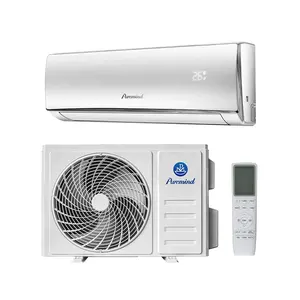






















 浙公网安备 33010002000092号
浙公网安备 33010002000092号 浙B2-20120091-4
浙B2-20120091-4